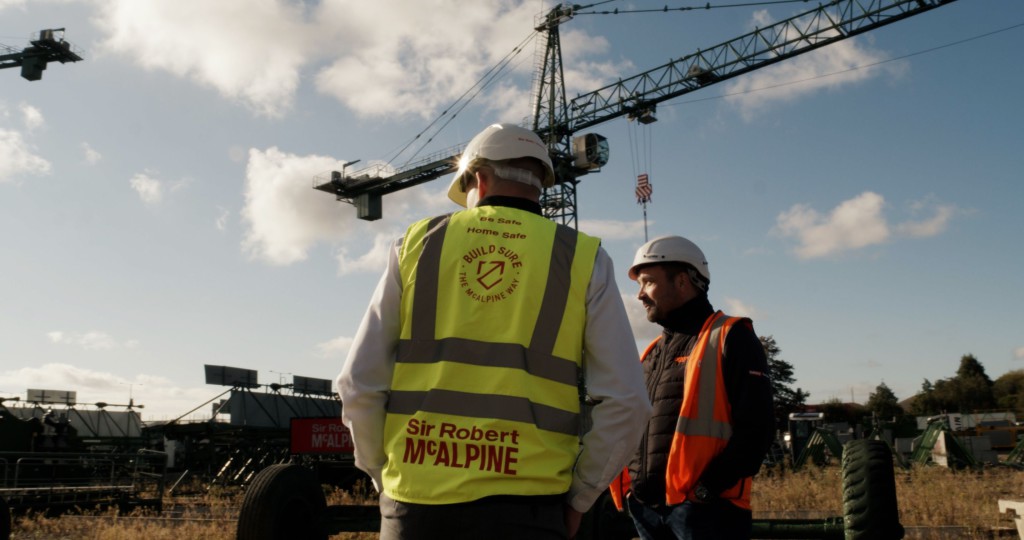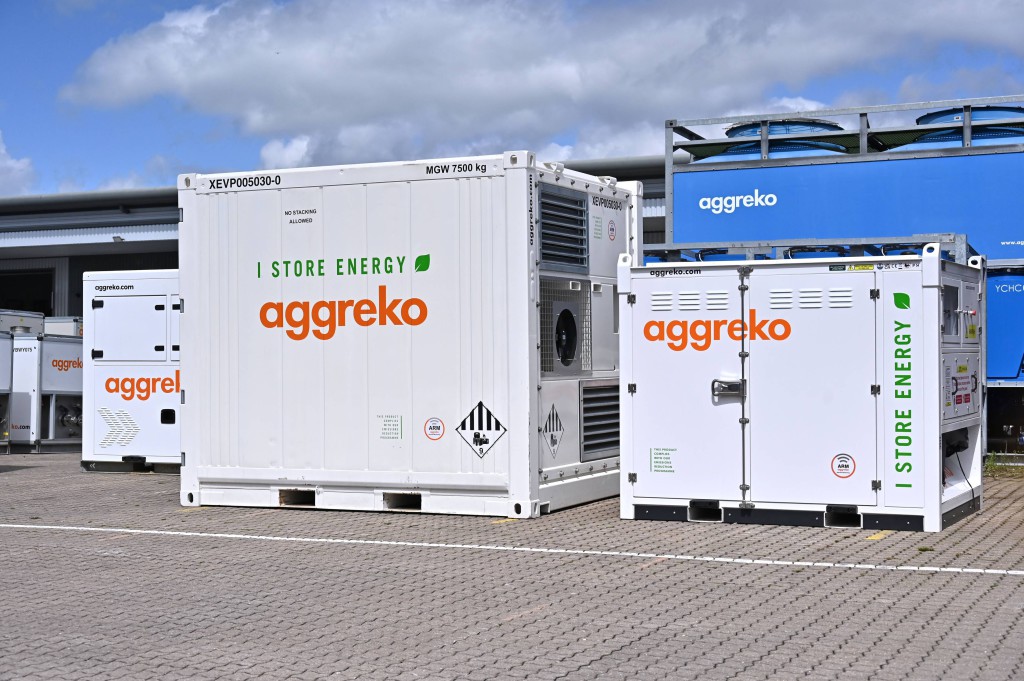Decarbonising construction

Tom Adlington, Sector Manager for Building Services & Construction at Aggreko, explores what the term ‘zero carbon’ really means for new building projects, and highlights the potential for battery energy storage systems to help slash emissions during the construction phase.
As the UK targets Net Zero carbon emissions by 2050, decarbonising the built environment has become a key priority for those working in the sectors of construction and building services. Statistics from the World Green Building Council may offer some rationale as to why this seems to have permeated the national consciousness as of late, with buildings currently responsible for 39% of energy related carbon emissions across the globe.
Of this figure, 28% can be attributed to operational emissions, spanning power, heating and cooling, with new buildings now being designed to help cut down on each of these in turn. Low carbon heat sources such as heat pumps, high efficiency ambient cooling systems, and material-first upgrades such as energy efficient windows are all playing their part in slashing day-to-day emissions, with internationally recognised standards such as Passivhaus being used to benchmark performance.
Examining embodied emissions
But what of the remaining 11%? This can be attributed to materials and construction, or in other words, all of the carbon emitted before a building comes into regular use. Given that global building stock is expected to double in size by the middle of the century, it is imperative that the environmental impact of each and every project is minimised, so that buildings can be truly zero carbon from the beginning of their lifetime all the way through to the end.
A concept that has risen to the fore in this aspect is embodied emissions – all of the carbon emitted to make the construction of a building possible, including the harvest, transportation and installation of materials. This is a particularly important concern for
commercial projects, with the Royal Institute of Chartered Surveyors estimating that 35% of the average office development’s lifetime CO2 has already been emitted before it even comes into use. With this in mind, the size of the challenge is evident if zero carbon buildings are ever to be realised on a large scale.
Power possibilities

A good starting point for construction managers looking to curb embodied emissions is on-site power. In the absence of a grid connection, particularly in the early stages of new projects, diesel gensets are a common sight on construction sites across the country, and are an essential component to power the various processes and pieces of equipment required for the build. Here, looking to greener alternatives that can be substituted in place of diesel gensets can help make an immediate dent in on-site emissions.
Battery energy storage systems (BESS), for instance, are a technology that is growing in popularity, with a significant investment in these solutions key to Aggreko’s Energising Change sustainability framework. When paired with a stage-V generator running on hydrotreated vegetable oil (HVO) as part of a hybrid package, BESS allows for a significant reduction in CO2, NOx, and PM (particulate matter) emissions, offering a greener alternative to traditional diesel gensets.
Here, the load is passed between the generator and the battery based on demand, even offering periods of zero-emissions power, and almost entirely silent operation when BESS is taking the load alone. Crucially, a package of this kind is also fully compliant for use in low and ultra-low emissions zones, such as those found in Manchester, Birmingham and London, making it an ideal solution for sites operating under environmental or noise restrictions.
Identifying the BESS(T) path forwards
A recent partnership with Sir Robert McAlpine perhaps demonstrates the full potential of this technology, with field trials monitoring the performance of five live tower cranes on a single construction project. Here, the use of battery hybrid packages was able to yield savings as high as 85% on both emissions and fuel – rising as high as 93% on one individual crane – saving 234 tonnes of CO2 in the process, and 87,300 litres of fuel.
While decarbonising on-site power is just one aspect of creating zero carbon buildings, it is nonetheless a key starting point to help set the rest of the project up for success, and is an area in which the technology is already available to achieve immediate reductions in carbon emissions. When factoring in the possible efficiency gains and fuel savings, this has the added benefit of helping cut operational costs for construction managers, so is an area that all key stakeholders on new projects should be looking towards.







